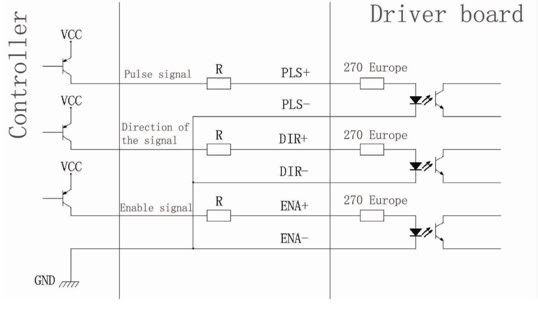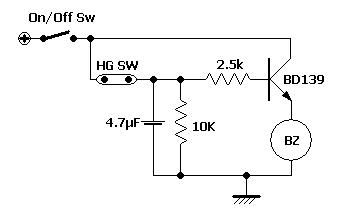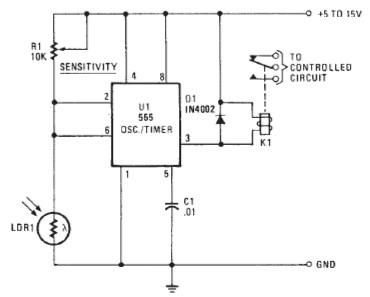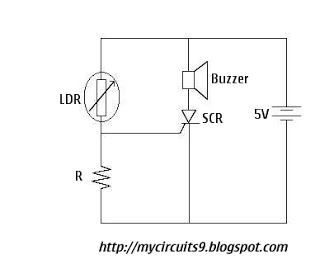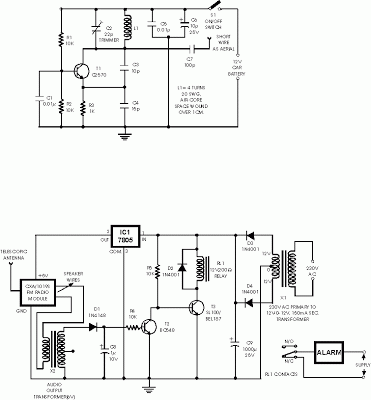
Single Zone Alarm
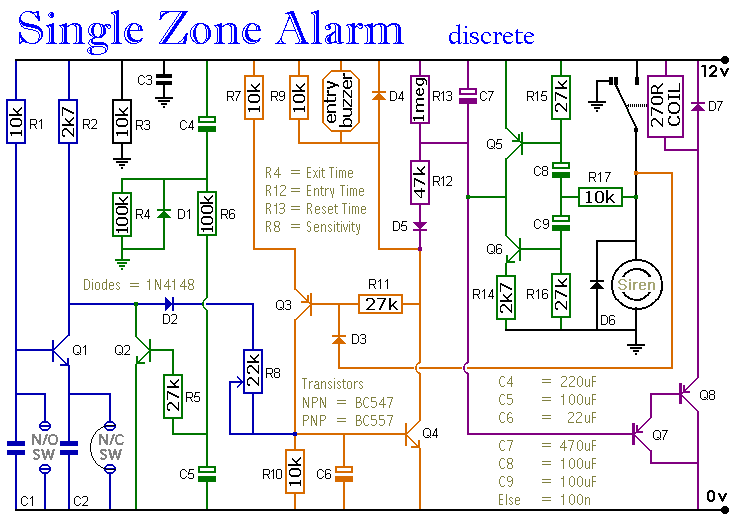
A single zone alarm circuit with entry and exit delay and other facilities. The circuit features automatic exit and entry delays, timed bell cut-off and system reset. It has provision for normally open and normally closed switches and will suit the usual input devices (Pressure Mats, Magnetic Reed contacts, Foil Tape, PIRs and Inertia Sensors). When the power is applied, if there is a fault, the buzzer will sound and you should switch off again and check for open doors, windows, etc.
The single zone alarm circuit is designed to enhance security in various applications by incorporating a range of features that facilitate user interaction and system reliability. The circuit operates on a low-voltage DC power supply, typically in the range of 9V to 12V, ensuring safety and compatibility with common alarm devices.
At the core of the circuit is a microcontroller or logic IC that manages the operation of the alarm system. The entry and exit delays are programmed into the microcontroller, allowing users a specified time to enter or exit the protected area without triggering the alarm. These delays are adjustable, providing flexibility based on user requirements.
The system includes a timed bell cut-off feature, which automatically silences the alarm after a predetermined duration, preventing unnecessary disturbances. This function is particularly useful in residential settings where false alarms may occur. Additionally, the circuit incorporates a system reset mechanism, allowing users to quickly reset the alarm system after it has been triggered.
Input devices compatible with the circuit include normally open (NO) and normally closed (NC) switches, which can be connected to various sensors such as pressure mats, magnetic reed contacts, foil tape, passive infrared sensors (PIRs), and inertia sensors. This versatility enables the alarm system to be customized based on the specific security needs of the environment.
The circuit also includes a fault detection mechanism. Upon power application, if any issues such as open doors or windows are detected, a buzzer will sound, alerting the user to potential vulnerabilities. This feature enhances the system's reliability by ensuring that all entry points are secure before the alarm system becomes active.
Overall, this single zone alarm circuit provides a reliable and flexible solution for security applications, accommodating various input devices and ensuring user-friendly operation through its delay and reset features.A single zone alarm circuit with entry and exit delay and other facilities. The circuit features automatic exit and entry delays, timed bell cut-off and system reset. It has provision for normally open and normally closed switches and will suit the usual input devices (Pressure Mats, Magnetic Reed contacts, Foil Tape, PIRs and Inertia Sensors). When the power is applied, if there`s a fault the buzzer will sound and you should switch off again and check for open doors, windows, etc.
🔗 External reference
The single zone alarm circuit is designed to enhance security in various applications by incorporating a range of features that facilitate user interaction and system reliability. The circuit operates on a low-voltage DC power supply, typically in the range of 9V to 12V, ensuring safety and compatibility with common alarm devices.
At the core of the circuit is a microcontroller or logic IC that manages the operation of the alarm system. The entry and exit delays are programmed into the microcontroller, allowing users a specified time to enter or exit the protected area without triggering the alarm. These delays are adjustable, providing flexibility based on user requirements.
The system includes a timed bell cut-off feature, which automatically silences the alarm after a predetermined duration, preventing unnecessary disturbances. This function is particularly useful in residential settings where false alarms may occur. Additionally, the circuit incorporates a system reset mechanism, allowing users to quickly reset the alarm system after it has been triggered.
Input devices compatible with the circuit include normally open (NO) and normally closed (NC) switches, which can be connected to various sensors such as pressure mats, magnetic reed contacts, foil tape, passive infrared sensors (PIRs), and inertia sensors. This versatility enables the alarm system to be customized based on the specific security needs of the environment.
The circuit also includes a fault detection mechanism. Upon power application, if any issues such as open doors or windows are detected, a buzzer will sound, alerting the user to potential vulnerabilities. This feature enhances the system's reliability by ensuring that all entry points are secure before the alarm system becomes active.
Overall, this single zone alarm circuit provides a reliable and flexible solution for security applications, accommodating various input devices and ensuring user-friendly operation through its delay and reset features.A single zone alarm circuit with entry and exit delay and other facilities. The circuit features automatic exit and entry delays, timed bell cut-off and system reset. It has provision for normally open and normally closed switches and will suit the usual input devices (Pressure Mats, Magnetic Reed contacts, Foil Tape, PIRs and Inertia Sensors). When the power is applied, if there`s a fault the buzzer will sound and you should switch off again and check for open doors, windows, etc.
🔗 External reference
